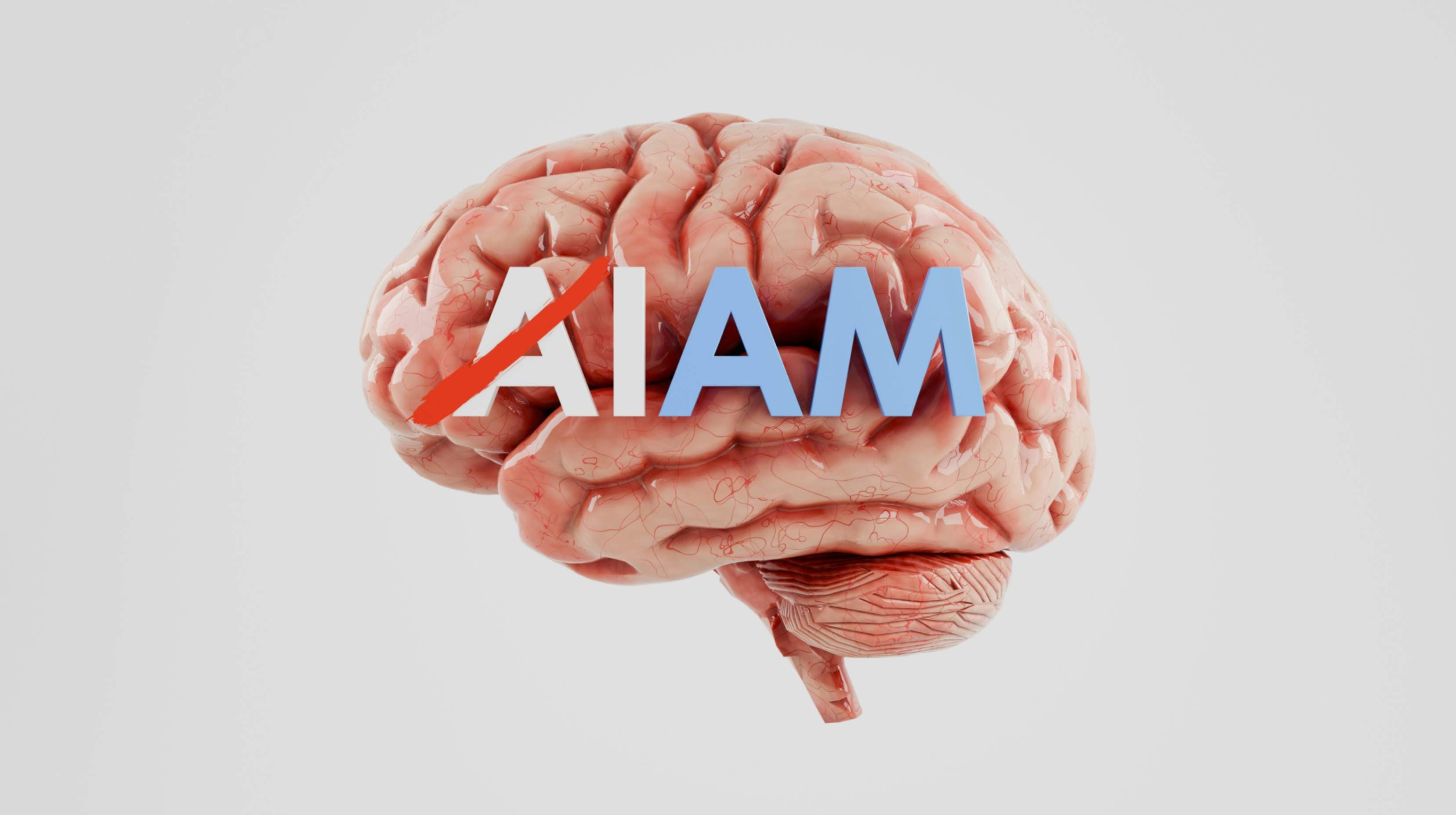
Bridging Bureaucracy and Innovation: How Culture Drives Government Tech Adoption
Technology Adoption as a Cultural Shift Within Government
Building on the point that government employees are first and foremost regular individuals, it's important to recognize that their expectations for technology at work are often shaped by their experiences outside of it. If someone uses cloud storage, mobile apps, or voice assistants at home, they are likely to expect similar ease and functionality in their workplace tools. This creates a natural pressure for governments to modernize their systems and workflows, not just for efficiency, but to meet evolving expectations. When employees see lagging systems at work, they may become disengaged or find informal workarounds that introduce risk or inefficiency.
To facilitate adoption, leadership must frame new technologies not as mandates but as enhancements to daily work. Change management strategies should include peer-led training, feedback loops, and time for experimentation. Research from the Center for Digital Government highlights that employee buy-in is significantly higher when users are involved early in the process and can see direct benefits to their roles (CDG 2021)1. This means that the rollout of any new system must be paired with a communication strategy that connects the dots between the technology and the employee’s everyday challenges.
Leveraging Public-Private Partnerships for Technological Growth
Public-private partnerships are a critical component in driving technological evolution in government settings. These collaborations can reduce risk, increase access to expertise, and accelerate implementation timelines. For example, partnerships with cloud service providers have enabled many cities to shift away from legacy infrastructure and toward scalable, secure data environments. The National League of Cities has noted that cities working with private partners are more likely to deploy advanced technologies like predictive analytics or smart infrastructure systems effectively (NLC 2020)2.
Successful partnerships require clearly defined goals, performance metrics, and governance structures. Government practitioners must ensure that vendor relationships are not just transactional but strategic. A well-structured contract should outline responsibilities for data ownership, cybersecurity, and ongoing maintenance. Regular joint evaluations help both sides stay aligned and adjust as needed. Importantly, these partnerships should not just transfer technical capabilities but also build internal capacity so that governments are not overly dependent on external entities over the long term.
Incremental Implementation and Agile Methodologies
One of the most practical ways to introduce new technology in government is to use incremental implementation and agile development practices. Rather than attempting a complete overhaul of systems, agencies can pilot small-scale projects, learn from those experiences, and scale up gradually. This reduces the risk of failure and allows for continuous improvement. The U.S. Digital Service recommends that agencies adopt iterative rollouts and engage users frequently to gather feedback and make adjustments in nea
Read-Only
$3.99/month
- ✓ Unlimited article access
- ✓ Profile setup & commenting
- ✓ Newsletter
Essential
$6.99/month
- ✓ All Read-Only features
- ✓ Connect with subscribers
- ✓ Private messaging
- ✓ Access to CityGov AI
- ✓ 5 submissions, 2 publications
Premium
$9.99/month
- ✓ All Essential features
- 3 publications
- ✓ Library function access
- ✓ Spotlight feature
- ✓ Expert verification
- ✓ Early access to new features
More from Technology
Explore related articles on similar topics





